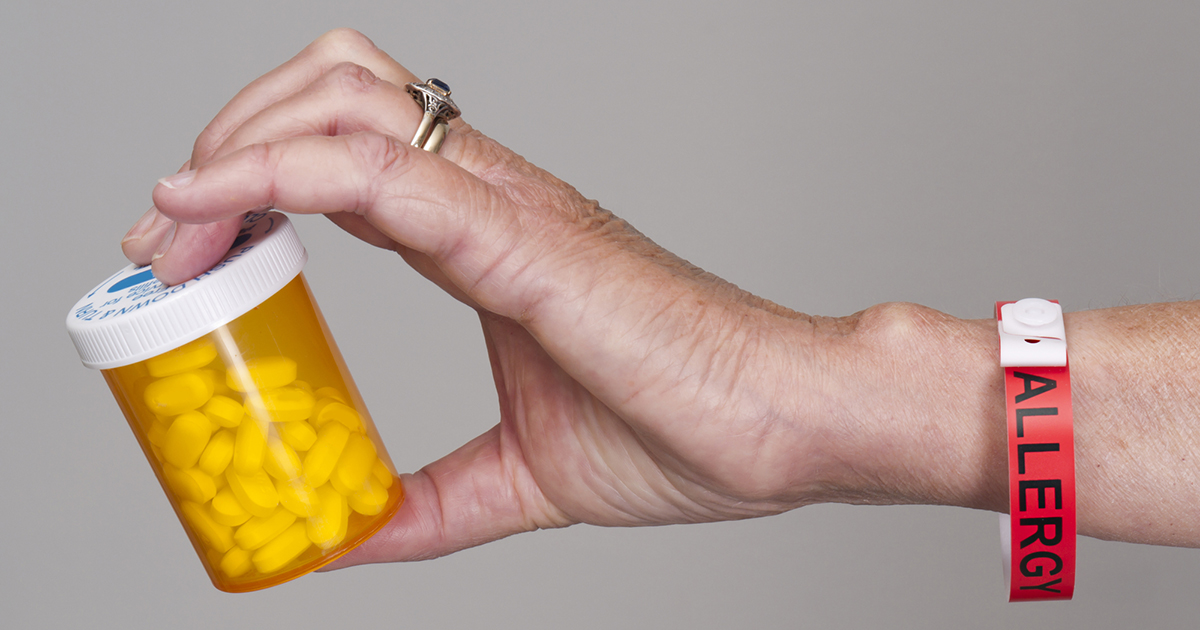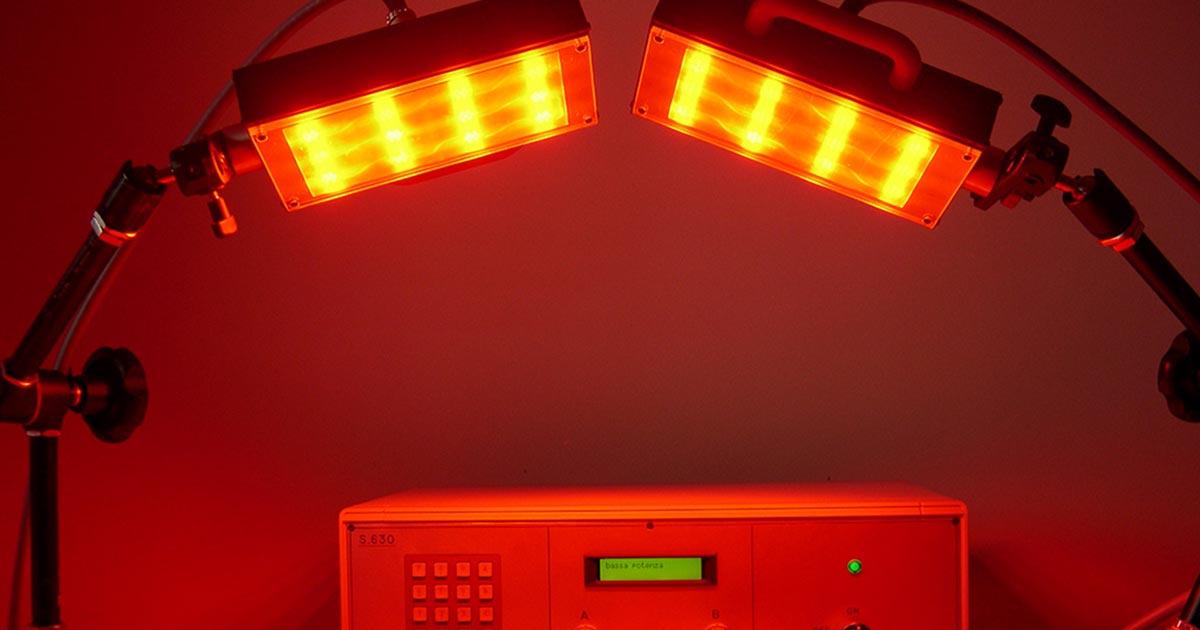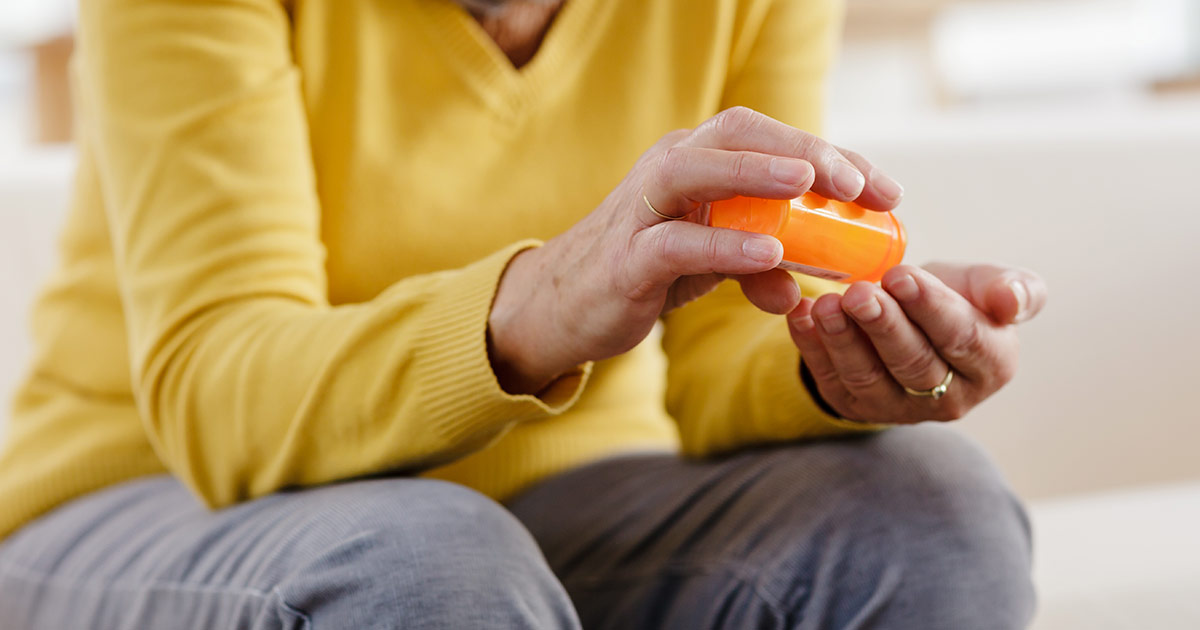Options For Treating Polymorphous Light Eruption
Polymorphous light eruption, colloquially known as 'sun poisoning' or 'sun allergy,' is a condition in which individuals who are sensitive to sunlight develop a rash following sun exposure. Doctors sometimes refer to this condition as polymorphic light eruption, and the rash it produces is typically red and bumpy. The bumps may be slightly elevated off of the skin's surface, and they may be itchy. The rash associated with this condition normally appears within thirty minutes of sun exposure, and patients experience more eruptions (rashes) in the spring and summer. To diagnose polymorphous light eruption, a physical examination may be all that is needed. Sometimes, clinicians may also order a skin biopsy, blood tests, or specialized light testing by a dermatologist to rule out similar skin conditions.
Normally, the rashes caused by this condition go away without treatment in around ten days, and scarring is rare. Some preventative treatments are available to reduce the risk of a rash, and treatment can also be beneficial for severe symptoms. It is important for patients who have had previous episodes of this condition to avoid the sun between the hours of 10 am and 2 pm, and they should wear long-sleeved clothing and a hat for additional sun protection. The use of a broad-spectrum sunscreen is essential.
Take An Antihistamine

The first treatment recommendation for patients with polymorphous light eruption is generally to take an antihistamine, as they can effectively reduce itching. Both over-the-counter and prescription antihistamines are available, and specialists can recommend the most appropriate form of antihistamine for the patient's individual needs. Some antihistamines may cause drowsiness, and patients should also be aware of other potential side effects, including a dry mouth, nausea, dizziness, restlessness, confusion, and trouble with urination. If side effects occur, the doctor may be able to switch their patient to another type of antihistamine that causes fewer side effects.
Use Anti-Itch Cream

Since the rash associated with polymorphous light eruption can be particularly itchy, patients will typically need to use anti-itch cream. These creams can reduce the redness, soreness, and inflammation that may accompany this rash, and they also reduce the likelihood of scratching the rash and causing further skin damage. Over-the-counter anti-itch creams may be effective for some patients, and physicians can prescribe other stronger options as needed.
While using anti-itch creams, patients should be careful to only apply the recommended dosage, and most creams should only be applied a few times a day. To increase the absorption of the cream, patients should rub it into the skin thoroughly. After rubbing on the cream, some patients find that applying an additional thin layer to the skin (without rubbing it in) and covering this with plastic wrap increases absorption and effectiveness.
Phototherapy

Phototherapy is a specialized treatment typically provided by dermatologists. The treatment uses different types of ultraviolet light to calm inflammation, itch, and redness and improve the appearance of skin. Prior to the treatment, patients apply a moisturizer to the skin, and they get into a cabinet containing ultraviolet light bulbs. The healthcare provider activates the lights for a few seconds to a few minutes. Depending on the severity of their condition, patients may need to have treatments several times a week, and the duration of each treatment may increase.
A particular type of light therapy known as psoralen plus ultraviolet A uses ultraviolet A rays along with psoralen, a medicine that makes the skin absorb more ultraviolet light. This form of phototherapy may be particularly helpful for patients with polymorphous light eruption. During sessions, patients wear protective eyewear to reduce the risk of cataracts and other eye damage. While having treatments, patients should be aware of potential side effects, including nausea, headaches, and itching, and these should be reported to the provider immediately. The patient's skin will be closely monitored at each phototherapy session, and skin health will be used to plan future treatment schedules.
Use Over-The-Counter Pain Medication

Clinicians may recommend that patients experiencing an eruption use over-the-counter pain medication to reduce both redness and soreness. Acetaminophen, naproxen, and ibuprofen are some of the most commonly used over-the-counter pain relievers. While taking these medications, patients should use the lowest effective dose for the shortest amount of time. Patients should also be aware these medications may cause side effects, including ringing in the ears, heartburn, vomiting, upset stomach, and headaches.
Some polymorphous light eruption patients may also experience dizziness, bloating, and nervousness. If these symptoms develop, patients should discontinue the medicines and consult their physician. Occasionally, it may be possible to use a pain-relieving gel instead of taking an oral pain reliever, and patients can ask their dermatologist whether this is a suitable option for them. If over-the-counter pain medicines do not relieve a patient's pain, they should speak to a physician or specialist as soon as possible.
Apply A Cold Compress

Cold compresses and ice packs can be particularly soothing for polymorphous light eruption, and the cold may temporarily numb the skin, reducing the itch. To apply a cold compress or ice pack, doctors recommend wrapping the cold source in a towel so it does not directly touch the skin. For example, ice cubes should be placed in a plastic bag, and the plastic bag should be placed in a towel.
Covered by a towel, the ice packs or cold compresses can be applied to the skin for twenty to thirty minutes at a time. It is safe to use these as often as is needed. In addition to cold compresses, taking a cool bath can help alleviate symptoms as well. Patients who have blisters may wish to cover these with gauze or a bandage before using a compress on these areas.
